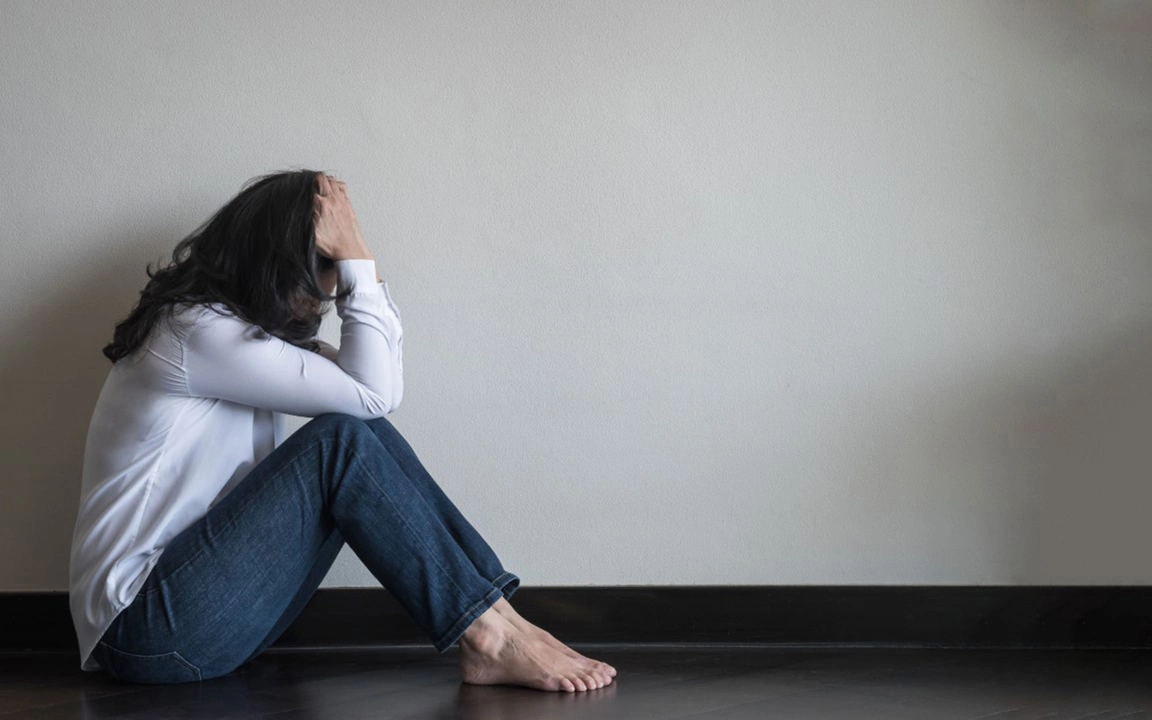Panic Disorder: What It Feels Like and What Actually Helps
A panic attack can feel like your heart will stop, your chest will crush, and you’ll never catch your breath. That sudden, intense fear is the core of panic disorder — repeated panic attacks and worry about when the next one will hit. You’re not weak or imagining it; panic disorder is a real, treatable condition.
How to handle a panic attack now
When an attack starts, focus on slowing your breathing. Try breathing in for 4 counts, out for 6. That simple change lowers the body’s alarm response. Grounding helps too: name five things you see, four you can touch, three you hear, two you smell, one you taste. Move to a quiet spot if you can, sip water, and remind yourself the attack peaks in about 10 minutes and then eases.
Avoid alcohol and caffeine during or right after an attack — they make symptoms worse. If you have rescue medication prescribed (like a fast-acting benzodiazepine), follow your doctor’s instructions. Use these steps every time; practice reduces fear of future attacks.
Treatment options that actually work
Therapy is the top long-term fix. Cognitive-behavioral therapy (CBT) teaches you to change the thoughts and behaviors that keep panic alive. Exposure therapy — gradually facing sensations or situations you avoid — helps your brain learn that panic fades on its own.
Medications can help while you work on therapy. SSRIs (like sertraline or fluoxetine) and SNRIs reduce baseline anxiety and lower attack frequency. Short-term benzodiazepines can stop an acute attack but carry dependence risks if used long-term. Always talk with a doctor about side effects and which option fits your life.
Self-care matters. Regular sleep, steady meals, and moderate exercise cut anxiety. Cut back on stimulants: nicotine, caffeine, and some supplements can trigger attacks. Mindfulness and simple relaxation apps can help you notice anxiety without getting swept away.
When to get medical help: see a doctor if attacks happen more than once, disrupt daily life, or if you avoid places because of fear. If chest pain or fainting happens and you haven’t seen a doctor yet, get emergency care to rule out heart or other medical issues. A clear diagnosis makes treatment faster and safer.
Practical next steps: write down when attacks happen, what you felt, and any triggers. Share that list with your GP or therapist. Ask about CBT first, and if medication is needed, discuss short-term plans and follow-ups. Join a local or online support group to hear others’ tips and feel less alone.
Panic disorder doesn’t have to run your life. With clear steps for immediate relief, effective therapy, and smart medical support, most people regain control and get back to normal routines. Start with small, repeatable actions — they add up fast.
The Link Between Panic Disorder and Depression

In recent studies, I've discovered a strong link between panic disorder and depression. It seems that individuals suffering from panic disorder are at a higher risk of developing depression due to the overwhelming nature of their anxiety. This connection can create a vicious cycle, as the symptoms of depression may further exacerbate feelings of panic and fear. It's important to address both conditions simultaneously in order to break this cycle and improve overall mental health. Seeking professional help and utilizing available resources can make all the difference in managing these debilitating conditions.
